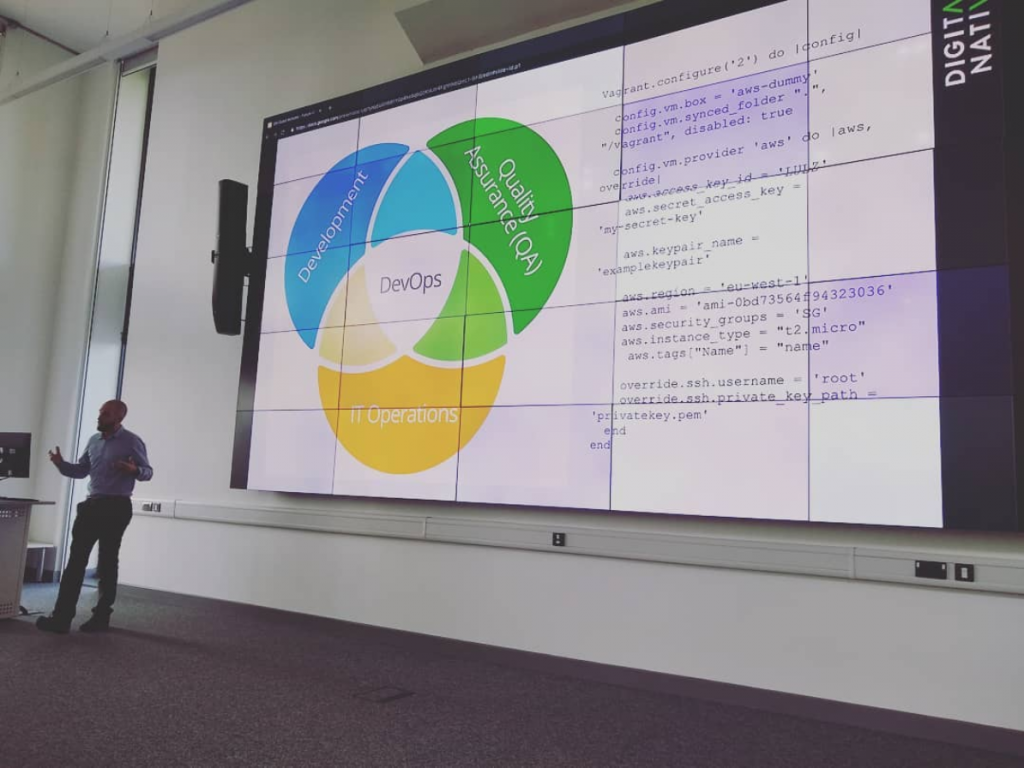Feedback sucks. Advice is better.
In most cases, feedback sucks. It really does.
Unless the person delivering the feedback is highly empathetic, has lots of free time, is highly skilled and is in the proper position to provide it, and the person receiving it is in the right frame of mind, open to feedback, confident, mature and in a safe place, it’s probably going to be uncomfortable at best or at worst, devastating.
Delivering feedback is hard. In my experience managing teams over a couple of decades, I’ve seen it done so badly that it verges on abuse (in fact, on occasion it certainly was abuse), and despite my best efforts, I’ve have delivered feedback so badly that the relationship took months to recover. I’ve learned from those experiences, and now I’m better, but certainly not perfect.
But ultimately it is important to give and receive feedback if we want to get better at the things we care about. Given how incredibly hard it is to deliver feedback in person, why would we facilitate anonymous feedback?
A misguided solution.
Anonymous feedback is often presented as a solution to problems including unequal power dynamics, bias, fear, or a lack of candour. In reality, anonymous feedback masks or even exacerbates those problems. Great leadership and management solves, or should solve, those problems.
Anonymity reinforces the idea that it’s not safe to speak up. It’s mistaken for objectivity. It presumes that the people who receive it will interpret it exactly as it was intended.
Feedback must be contextual. It must also be actionable, otherwise why provide it?
Conversations matter.
The reason we deliver feedback in person is because it demands a discussion; for example, imagine someone wishes to give you feedback on the way I behaved in a meeting because you came across as aggressive and intolerant. You’d certainly want to know, but you would also want them to know that an hour before that meeting, you’d received some upsetting family news and were struggling to deal with it. That conversational feedback then provides a channel for an open and frank discussion, and an opportunity to support each other.
If that same feedback was delivered anonymously, not only is your theoretical self having a tough time with family problems, but now (in your head, for that is where we all reside) you’re overly aggressive, intolerant, and failing in your role.
Feedback must be actionable.
Anonymous feedback is incredibly difficult to act upon, and can breed a sense of frustration, fear, and resentment, particularly in small teams and organisations.
All feedback must be a conversation. And in order to have a conversation, you must be able to converse with the other party.
You may work in a high-trust, low-politic environment. Or you may believe that you do, since rarely is this truly the case. If you believe that you do, check your privilege. Are you experienced, senior, well paid, white, cis, male, able-bodied or neurotypical? Chances are, for those that are not in those categories, the degree of trust and safety they feel may be somewhat lower, and the impact of feedback considerably greater.
Unconscious bias
There are numerous biases in effect when it comes to feedback and indeed all interpersonal relationships, particularly in the workplace. For example, women are often perceived as more aggressive than men when demonstrating the same behaviour, due to an unconscious bias that women should be more feminine.
Anonymous feedback, rather than removing that bias, enables it, and feeds it, because a woman receiving anonymous feedback that she should “be less aggressive” is forced to accept it as objective, when it’s actually less likely to be the case.
Bias affects everyone. A man may receive feedback suggesting he should be less softly spoken in meetings, an introvert may be told they should speak up more, or (and this happens a lot) a young woman may be told to smile more.
Motivations
Consider the motivations for someone providing anonymous feedback. One reason might be that they genuinely want you to be better, and they already think you’re great, so they’re giving you a chance to excel even more. That’s the only good reason for feedback. All others, including power-plays, envy, bias, inexperience, or simple misunderstanding of the situation, are terrible reasons, and will only have a negative impact on the team.
The point is that when providing feedback, even if your intentions are pure, you will not be aware of your unconscious bias, and working through those biases is that is something that only a conversation can facilitate.
Dialogue.
In every single 1-1 you have with a team member, ask what you can do better, what more or less you could be doing, or what, if anything you could change in you interactions with team members. This regular, light-touch, conversational cadence provides a safe space for feedback. And even if in 99% of the sessions, there is no feedback to give, it ensures that when there is some feedback required, it comes easily, and isn’t a difficult process.
Anonymity encourages poor leadership.
Anonymous feedback processes also provide a get-out, an excuse, for poor leadership and avoiding conversations where feedback is requested or proffered. The thinking may be “I no longer need to ask what more I can do or how I can be better, since we have regular anonymous feedback instead.” This is dangerous, and leads to a general degradation of good leadership practices.
For these reasons, I never provide or accept anonymous feedback. I will always, instead, have a conversation.
Culture.
If you’re tempted to use anonymous surveys and feedback, ask yourself why you feel that anonymity is required, and address the underlying issues. A truly great culture doesn’t require anonymity, and an organisation without a great culture is not maximising the potential of the people within it.



